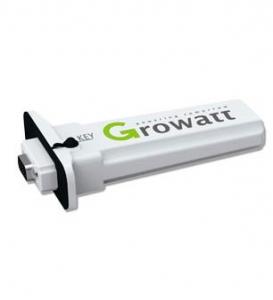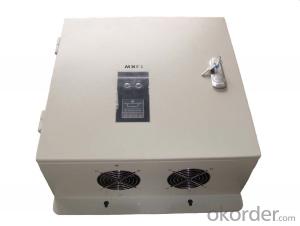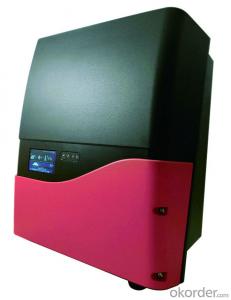Abb Solar Inverter App Login
Abb Solar Inverter App Login Related Searches
Abb Solar Inverter Login Abb Solar Inverter App Abb Solar Inverter Manual Abb Solar Inverter Abb Solar Power Inverter Solar Abb Inverter Abb Solar Inverter Wifi Abb Solar Panel Inverter Abb Solar Pump Inverter Abb Hybrid Solar Inverter App For Solar Inverter Abb Solar Inverter Warranty Abb Solar Water Pump Inverter Sofar Solar Inverter App Abb Solar Inverter Price Tesla Solar Inverter App Solar Pump Inverter Abb Solis Solar Inverter App Huawei Solar Inverter App Abb Solar Inverter Business Abb Solar Inverter Fault Codes Abb Uno Solar Inverter Manual Best Solar Inverter App Solar Edge Inverter App Abb 10kw Solar Inverter Fimer Abb Solar Inverter Install Solar Inverter Abb Solar Inverter 100kw Abb 5kw Solar Inverter Abb Uno Solar InverterAbb Solar Inverter App Login Supplier & Manufacturer from China
Abb Solar Inverter App Login is an essential tool for managing and monitoring the performance of ABB's solar inverters. This app allows users to access their solar power systems remotely, ensuring optimal efficiency and control over energy production. The application is designed to work seamlessly with ABB's range of solar inverters, providing a comprehensive solution for residential and commercial solar power systems.The application and usage scenarios of the Abb Solar Inverter App Login are vast, catering to the needs of both homeowners and businesses. It enables users to track their solar energy production in real-time, set up alerts for system issues, and optimize their energy consumption patterns. This app is particularly useful for those who want to maximize their return on investment in solar power systems, as it helps them to identify any potential inefficiencies and take corrective measures promptly.
Okorder.com is a leading wholesale supplier of the Abb Solar Inverter App Login, offering a large inventory of this product to customers worldwide. As a reliable source for ABB solar inverter solutions, Okorder.com ensures that customers have access to the latest technology and support services. By partnering with Okorder.com, users can be confident in the quality and performance of their Abb Solar Inverter App Login, as well as the ongoing support needed to maintain their solar power systems.
Hot Products













































